Best Romance Subgenres & Tropes to Write (+ Profit From)
Bella Rose Emmorey
book editor, rogue behaviorist, digital marketer, writer, brand builder, plant aunt, and cheese enthusiast.
$ $ Romance is one of the most popular genres for readers, with millions sold each year. Even romance subplots are in the vast majority of novels regardless of if it’s fantasy, horror, or dystopian.
You can think of it this way: where there are unsatisfied people in relationships, there will always be romance readers.
We kid…sort of. The truth is that people get a lot out of romance books. It’s fun to relive the excitement of new love, the meet-cute, flirting, arguing (if it’s an enemies-to-lovers trope that we’ll talk about below), and even the intimate moments.
But what’s more true about romance readers than many others is that they want more of what they love. Variety isn’t necessarily what they’re looking for, as is evidenced by posts in reader Facebook groups seeking more of something they already read and enjoyed.
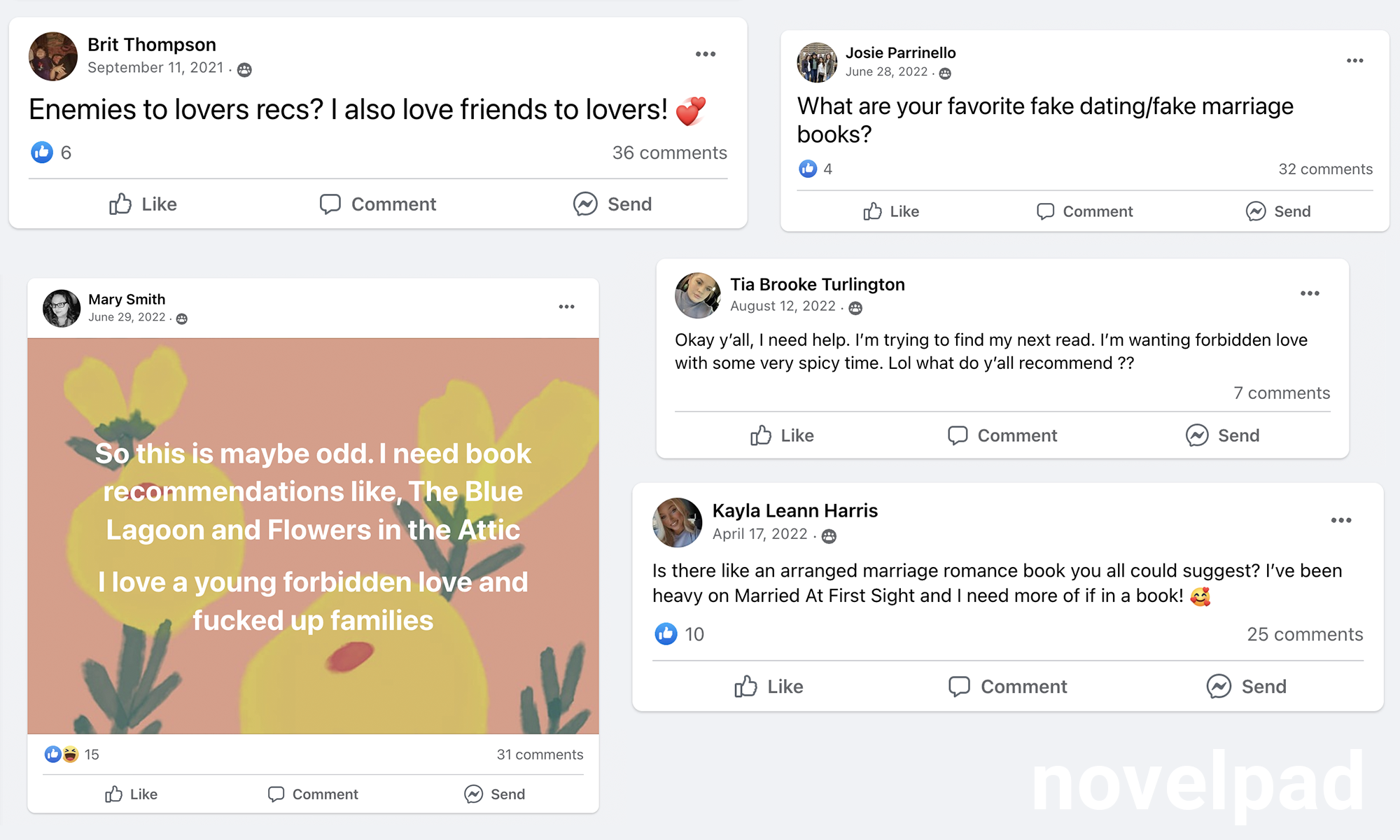
So how do you cater to readers who know what they love and will put their credit cards down to get it?
By focusing on the most popular romance subgenres and tropes.
When you know what most people want, you can tailor your writing to fit their needs. It’s a much more secure way of creating an income as an author. It’s predictable.
What’s the difference between a subgenre and a trope?
A $ romance subgenre$ has to do with the focus of the novel’s plot: where it takes place and what the story is about. A trope is more of a specific dynamic or setup within the story.
Let’s take a non-romance story to illustrate this:
• Core genre: Fantasy
• Subgenre: Urban Fantasy
• Trope within the story: Orphaned main character
Here, the subgenre specifies what type of fantasy it is, whereas the trope of having an orphaned main character is specific to a setup. Tropes are typically popular occurrences and situations within a story that aren't yet cliched (if done well).
You’ll get a better hang of these differences when we dive into examples below.
Best Romance Subgenres to Write About
There are a ton of subgenres in the romance category. The thing to remember about romance is that in order for a book to be a true romance as the core genre, the main plot has to involve the romance itself. The romance can’t be a subplot to something else.
From here, the subgenre is chosen based on what else the novel encompasses: the setting, fictional elements, and more.
On Amazon, they feature only the top 8 out of 28 listed in their menu and within that, you have ranges from contemporary to suspense to science fiction.
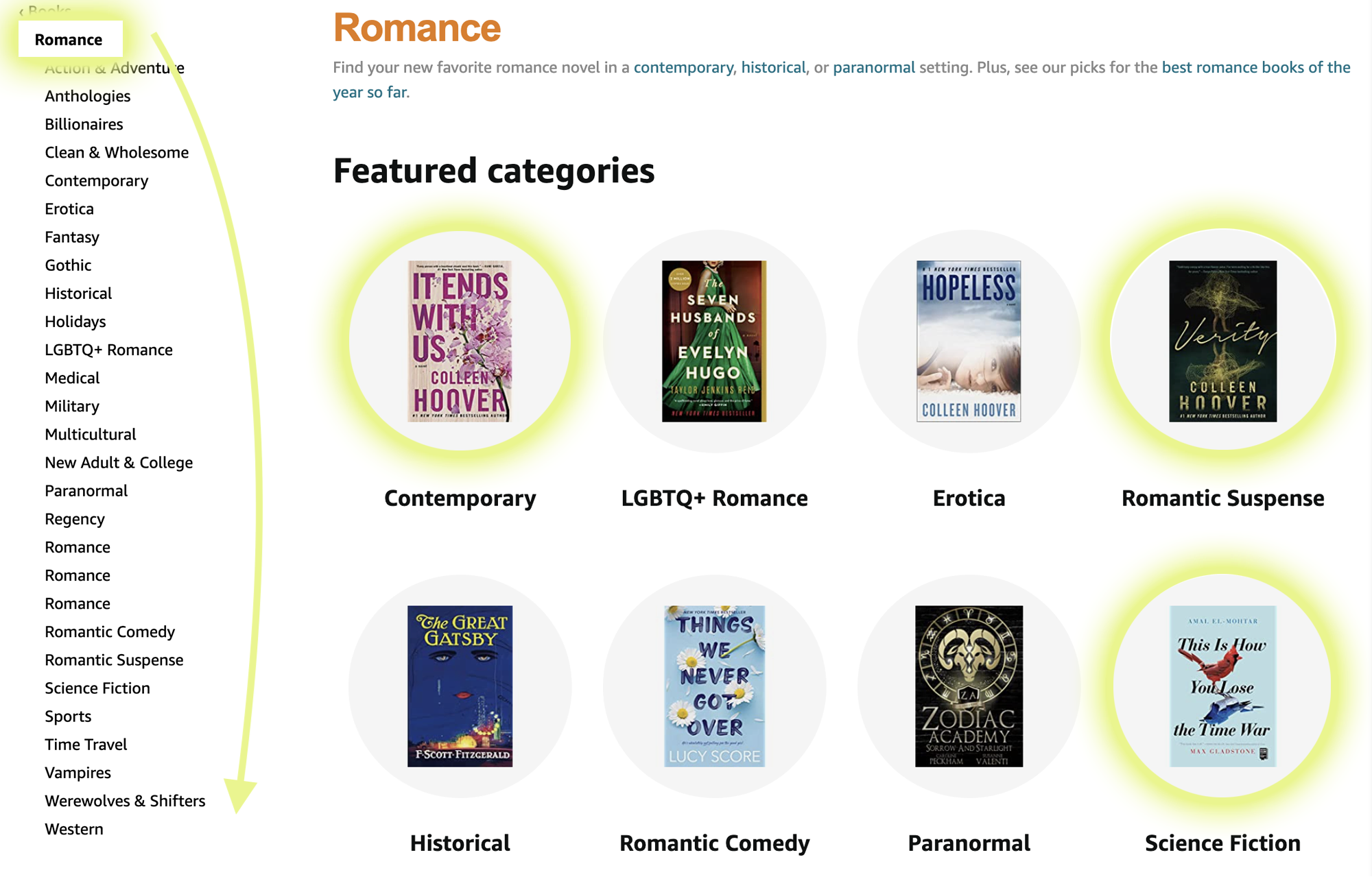
Keep in mind that "featured" doesn’t necessarily mean "best-selling" though the algorithm would choose the ones selling well. For the actual bestselling subgenres for romance, we’ve outlined them below.
1. Billionaire Romance
If there’s one thing 50 Shades of Grey did for romance literature, it’s put the idea of billionaires and average-income partners on the map. This subgenre wasn’t always listed on Amazon. It was actually filed under "contemporary" before its boom in popularity.
The subgenre is simple: It’s any story that takes place where either the main character or the love interest is a billionaire, and all the drama that ensues because of this.
Most often, you’ll find bullying, enemies-to-lovers, and opposites attract tropes and plotlines in this subgenre.
2. Suspense Romance
Colleen Hoover comes to mind immediately when I think of suspense romances. Her books currently occupy $ 6 of the top 15 books$ in Amazon’s romance bestsellers for reasons similar to why Nichlas Sparks’ books have done so well.
People love romance when there is more than just the romance at stake. That’s where suspense and drama and danger comes into play.
Other books you can find in this genre include $ Painted Scars$ by Neva Altaj, $ Forever Never$ by Lucy Score, $ Hunting Adeline$ by H.D. Carlton, and $ The Ritual$ by Shantel Tessier.
3. Contemporary Romance
Contemporary romance is anything that takes place within modern day life and has no more specificity. It’s a broader subgenre that others actually fit into. For example, romantic comedy can also be contemporary romance, and so can military romance. But military romance can also be historical.
What makes the difference is the time the story takes place specifically in the way a story depicts our culture and society. It’s very much realistic to something that could truly happen in the real world.
You can view $ Amazon’s most popular contemporary romance novels$ to get an idea for what these encompass.
4. Romantic Comedy
Just like people love romantic comedy movies, they love the books too! What makes books like A Long Time Coming and Never Marry Your Brother’s Best Friend so popular is that they’re funny and light. Not all readers want the rollercoaster of suspenseful thrillers. They’d much rather giggle and smile their way through a book.
But just because you have a few jokes in your writing doesn’t make it a comedy.
The comedy aspect comes most from situational humor and tone. What funny scenario sets up the main characters? Are the methods they solve challenges throughout the plot funny instead of dramatic or intense? That’ll make the difference.
5. Military Romance
It’s pretty self-explanatory what sets this romance subgenre apart. Something in the plot has to involve the military, though this leaves a wide range of options.
You can have romances in which military school or relocation is a conflict. Or two people working at the same branch of the military get into a forbidden romance. There’s even the option to take your story to other countries as the setting with a military assignment and love intermixed.
This is another subgenre that’s growing in popularity pretty rapidly. If you’re into military stuff, it’s a great genre to write in.
6. Historical Romance
Bridgerton isn’t just an outlier, rising to fame so suddenly Netflix capitalized on the series by bringing it to life on their platform. But it’s not the first popular historical romance and it certainly won’t be the last.
Writing in this genre is sure to have you selling copies, so long as the book page is optimized well and your writing isn’t crap.
To get an idea of what these books have that is so compelling, check out this post of $ books like Bridgerton$ so you can study them.
7. Paranormal Romance
According to the Amazon algorithms, paranormal romance out performs even fantasy romance. While there are plenty of fantasy novels and series that have romances, few offer romance as the main plot within the story.
Where paranormal romance is involved, that’s not the case. You’ll often see fated mates as a popular destined-to-be trope in paranormal romances. Right now, in particular, werewolf fated mates is a quickly climbing subgenre in the romance world.
BONUS Up-And-Coming Romance Subgenre: Mafia Romance
Amazon hasn’t yet put this subgenre in its list to search for, but it is still there. It’s predicted to be the next break-out romance subgenre in a similar way to the billionaire subgenre.
Whenever authors are specifically using keywords in their book’s listing, you know it’s for a reason. In the example in the image below, this author is hoping to capture the readers who actually search "mafia romance" in the search bar.
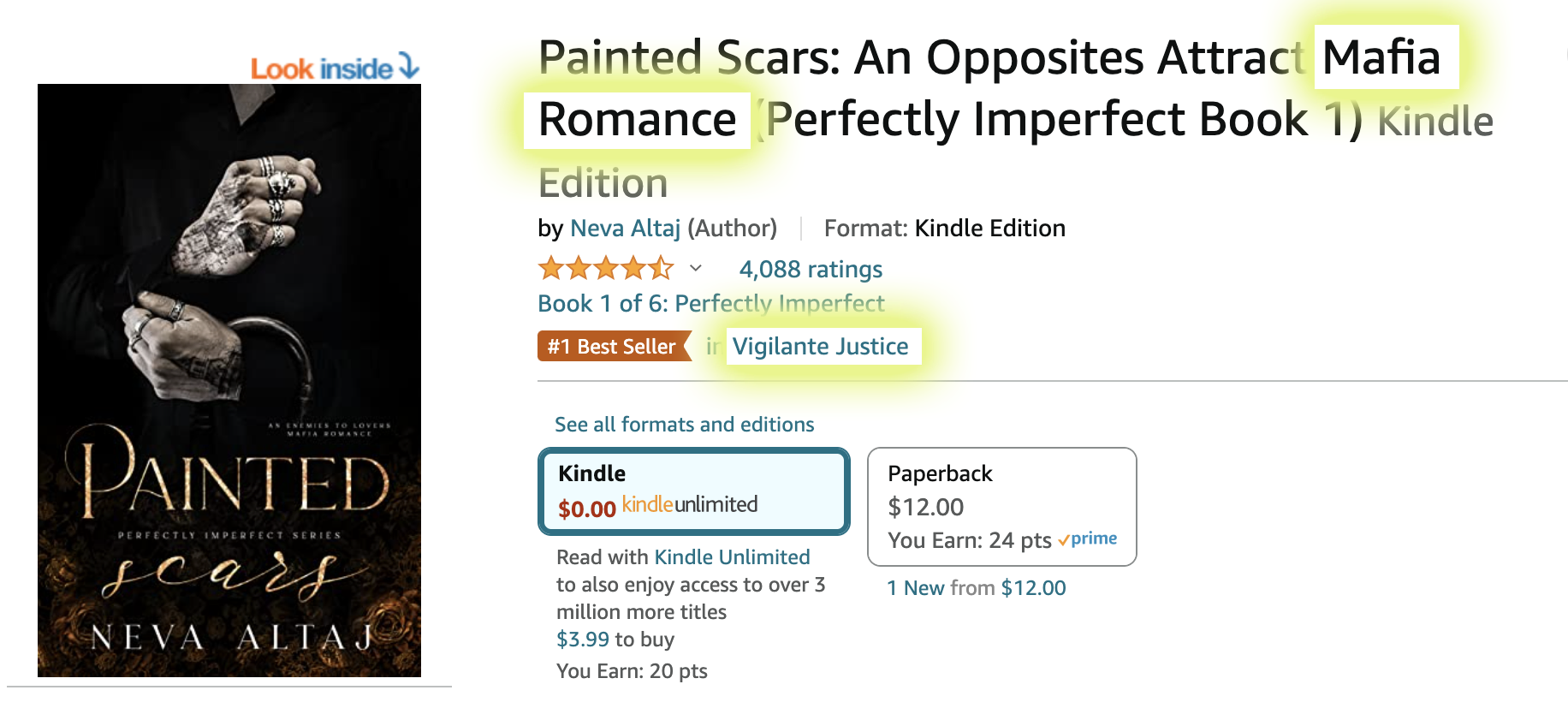
Because Amazon hasn’t created the searchable category yet, authors are taking matters into their own hands. In this case, another close subgenre for this romance novel is Vigilante Justice.
It won’t belong before, like the billionaire subgenre, Amazon adds it to their list.
So if you want to get ahead of the curve and write some good mafia romances, now is the time!
Popular Romance Tropes to Craft Your Book Around
Tropes aren’t something you can select to search on Amazon the way categories are. But authors still want to find a way to make sure readers find their books. Because readers are searching for terms that are tropes and not subgenres.
If you were to type "enemies to lovers" into the search bar on Amazon, you’ll see more and more authors using this in their book’s title to help describe the book before the reader even clicks to view the description.
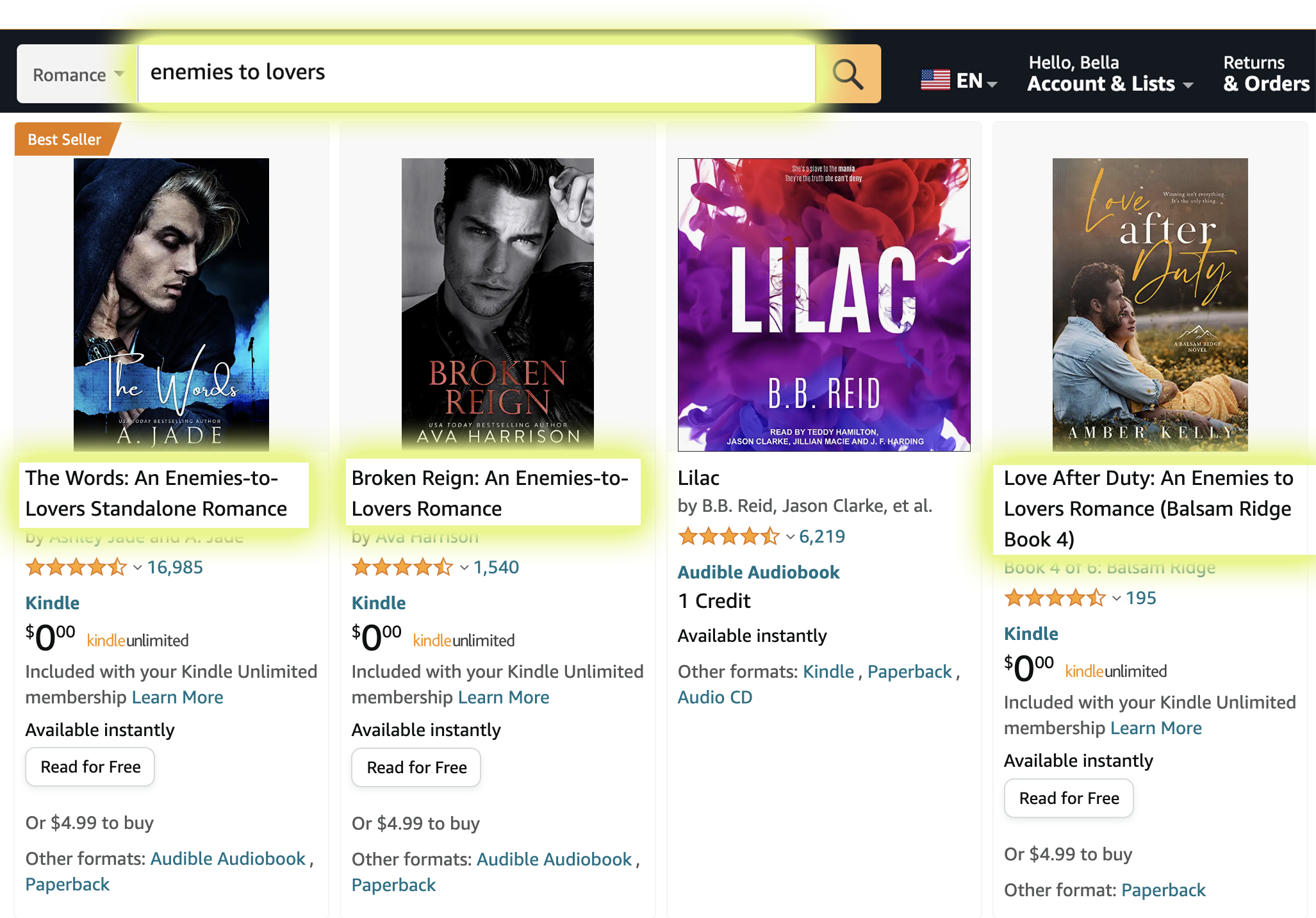
The best way to plan and write to market in romance is to take a popular subgenre and pair it with a popular trope. This creates the kind of virality we saw in The Hating Game by Sally Thorne. It’s an enemies-to-lovers romantic comedy that performed so well, it earned a movie adaptation.
Now that you have the subgenres, let’s cover the most loved tropes in romance.
1. Enemies-to-Lovers
As it sounds, this trope is all about two people who can’t stand each other…at first. You can do this in a couple different ways. In the first scenario, the couple can know each other from their pasts and have a history that leads them to hate each other. In the second, you can have a scene in which they butt heads and end up enemies, only to be forced to work together later in the book.
You can get pretty creative with this trope, and that’s good! Because it’s the most popular romance trope out there.
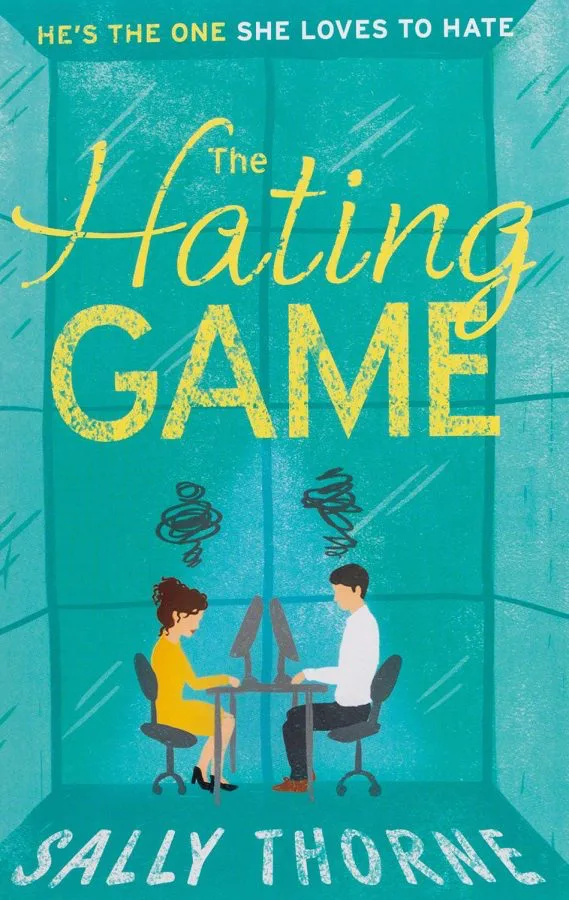
2. Forbidden Love
Romeo and Juliet and their gross age difference isn’t exactly what we’re talking about here in terms of "forbidden". In this case, the forbidden love trope is when two romantic partners admit and want their love, but for reasons beyond their control, can’t have it.
One example is two characters being from different social classes in a country where that’s not allowed at all.
Parents not approving of the relationship is another example.
Person of nobility falling in love with someone of working-class is a common form of forbidden love in historical romance.
Dating your sibling’s best friend and that being super off-limits is another popular one.
Try to avoid any cheating-on-current-partner forbidden love angles because that’s not forbidden love, it’s figure-out-your-issues non-love, and you can be far more creative than that.
3. Fake Dating
Ah, yes. The centerpiece of many romance novels, TV shows, and movies. If you pretend to date, especially if you end up kissing, you will fall in love.
The Proposal, Holidate, To All the Boys I Loved Before, and Bridgerton all said so.
The truth is that readers love this trope because of the promise. It’s been so common and well-loved that we all know they’ll fall in love for real. It’s even more entertaining when it’s done to make other people they actually want to be with jealous.
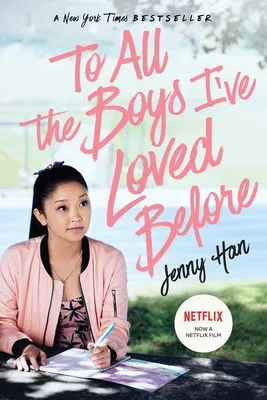
4. Opposites Attract
Grumpy and happy. Serious and silly. Light and dark. Cop and criminal.
Take a pair that makes no sense together and match them up in a romance. The best part about this trope is the promise of conflict. When two people are so different, readers can already imagine the conflicts of being together romantically, no matter if they’re suspenseful or hilarious.
Get A Life, Chloe Brown by Talia Hibbert pairs an ambitious computer nerd with a tattoo-covered artist slash handyman slash motorcycle-riding fiend.
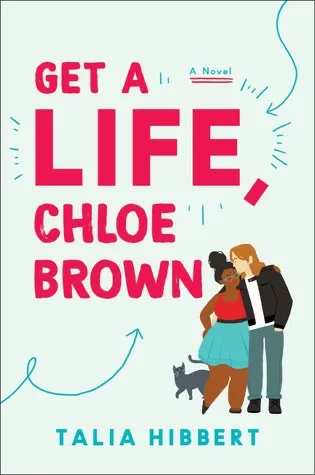
5. Friends-To-Lovers
One of the most loved (and realistic) romance tropes is of those who have been friends for a very long time end up getting together. You might see this one commonly as the "right in front of me all this time" trope.
The idea is similar to what the author of $ People We Meet on Vacation$ did. You take two people who have been friends for years and tell their love story. This can be a long-overdue love story or the kind where they’re both just realizing for the first time that they’re in love.
You can also create this with one character pining for the other in secret for years.
6. One-Night Stand, Turned Love Story
Not all one-night stands need to turn into love stories. In fact, have your consensual and healthy fun! But if you want to take this trope and have your main character run into their one-night stand after the fact, it could make for a very interesting love story.
Maybe they’re not who they said they were. Maybe they now have to work together and it’s awkward.
This doesn’t necessarily mean you have to make them sleep together, either. It could be a "one-night deep connection" like the movie The Wedding Planner, in which one person is committed and has an emotional lapse.
7. Childhood Sweethearts
Similar to friends-to-lovers, but oftentimes more potent, with more history. Nicholas Sparks did this in a beautiful way with The Best of Me. More recently, Where the Crawdads Sing had a romantic subplot of a similar nature.
When people grew up together in love are now back together. There’s a lot of directions you can take this dynamic.
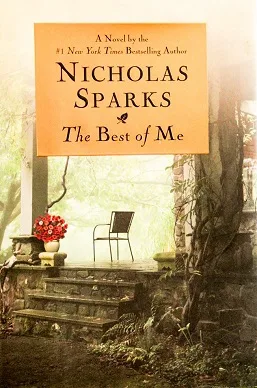
8. Arranged Marriage
Historical romance is spilling over with arranged marriage tropes, but it doesn’t have to stay only in that subgenre. Arranged marriages can happen for many reasons and across many mediums.
Maybe your main character is a princess and makes a deal on her own to save her realm.
Maybe your parents made a clause in your trust fund that you had to marry by a certain time and you have to arrange it so you don’t run out.
While common in historical romance, there is definitely room for this trope in other under-served genres.
9. Forced Proximity
The old line "don’t fall in love with me" while popularized by A Walk to Remember is certainly still alive and well. In the case of that book-turned-movie, Landon Carter asks for the help of Jamie Sullivan to improve his grades. This is an example of forced proximity.
There’s a ton of versatility within this trope. Anything that puts two characters together for long periods of time (working together, stuck on an island, family event over a week) will work.
10. Destined-To-Be
You’ll find this trope more in paranormal and fantasy romances. Any setting that will allow for some level of prophecy or destiny will work. Usually in these plots, you’ll find things keeping the characters apart but are not quite "forbidden".
Circumstances, a lack of knowing they’re destined, and even rejecting destiny are all options.
11. Amnesia
Self-explanatory. One person forgets the other. Maybe they were in love and married (as was the case with The Vow), or maybe they had just met, but the promise of something real was so close that they have to start all over.
This trope is also utilized in stories like the films Overboard or Falling for Christmas (Queen Lindsay rises again, and we all rejoice), where one part of the pair suffers from amnesia, throwing them into the path of an unlikely love interest they otherwise wouldn't have given a second glance.
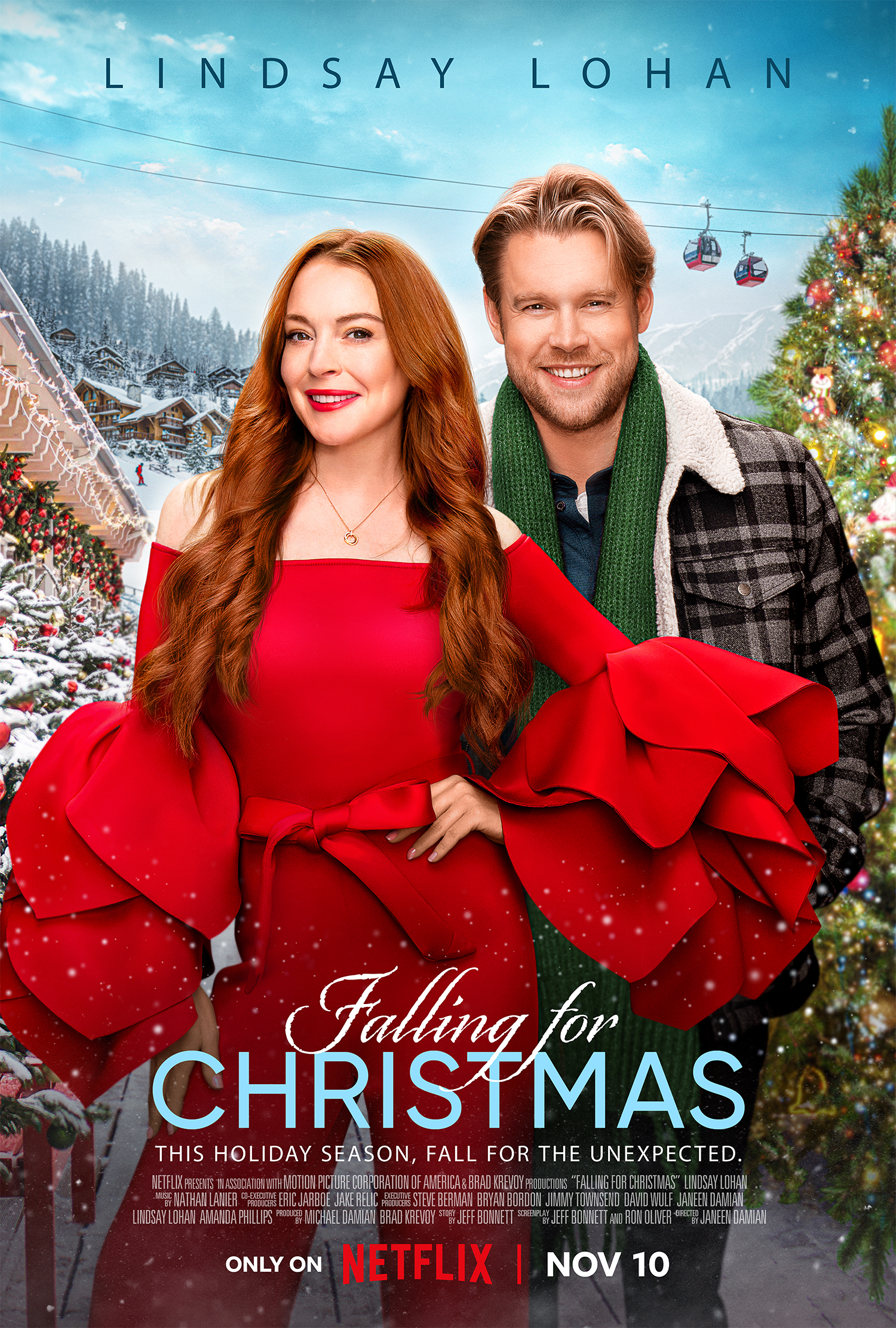
12. Blind Date
A setup is always a great trope to start with. While it’s not a big trope and is mostly used to kick off the romance, a blind date can either go very right or very wrong.
Challenge yourself to take this a step further and see how deep you can use the "blind date" metaphor.
13. The Wager
Bets have the power for entertainment. The rom-com How to Lose a Guy in 10 Days comes to mind first. The trope is working in two ways in that film, where both characters are using the other to win their own bet.
This trope is powerful because we already know there will be a betrayal, and the promise of making up is what brings readers in.
14. Love For Another
This one is called many different things, including "it was you all along," except in this case, either the main character or love interest is involved with someone else (or in love with them altogether). Usually it’s unrequited or ends up breaking off as the main character falls for someone else.
15. Best Friend’s Sibling
This one is popular enough that it needs its own line item. It can work two ways: the main character is in love with their best friend’s sibling or the main character is in love with their sibling’s best friend.
Either way, it’s typically a difficult situation where the lovers don’t want to get caught. It’s a take on the forbidden love trope, but specific and popular enough that you can consider it its own trope.
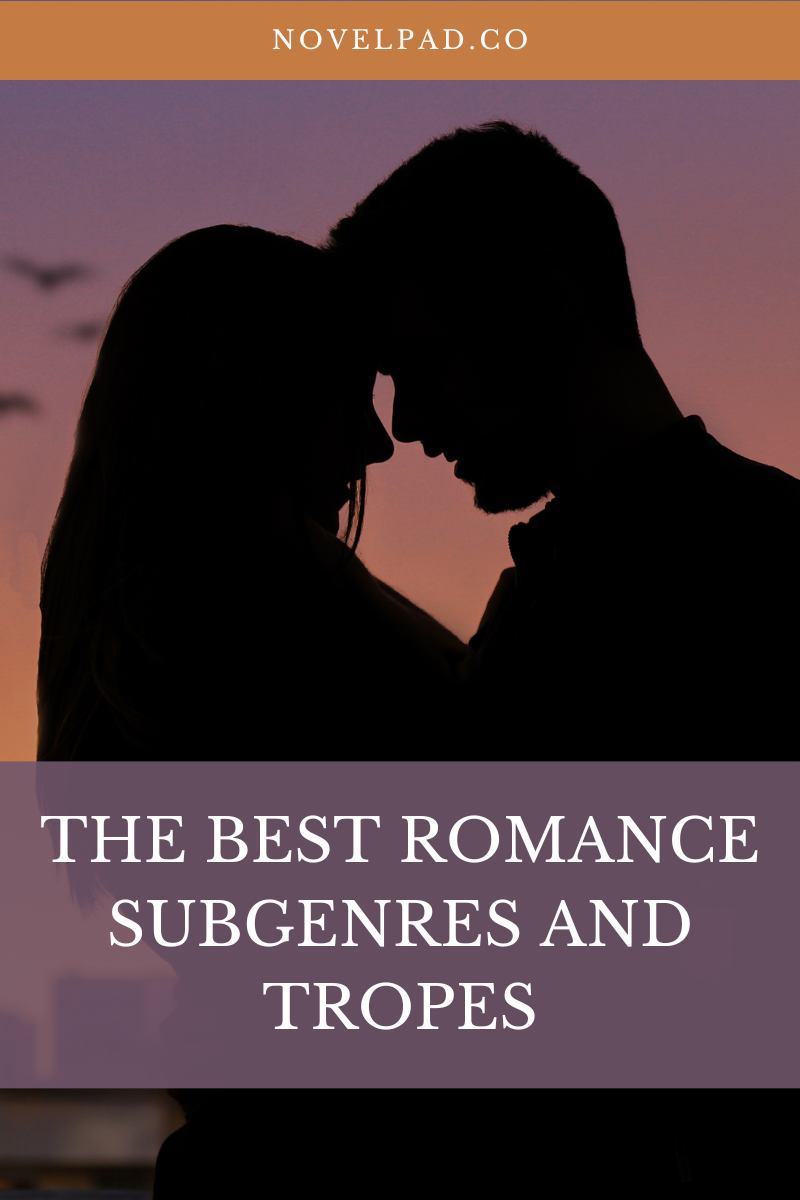
Using subgenres and tropes to craft your romance can only help it. If you feel like your previous stories have been lacking in that oomph factor, it could be that you’re missing a potent trope!
Not only do tropes and subgenres give your book that comfortable familiarity your audience is looking for, but they make your book more searchable, so your readers can find you. Now let's learn $ how to sell your romance novel.$ $ $
Like what you're reading?
Join other authors like you in NovelPad’s free writing community!
Join the communitySimilar Posts
What File Formats are Accepted by Kindle Direct Publishing?
File types for ebooks, paperbacks, and hardbacks on Amazon's KDP.
Ollie Ander
Is probably just a couple cats in a trench-coat—the hair shedding and sunlight napping are highly suspect.
How long is a fantasy book? Words, pages, chapters, scenes, & prologues
What should wordcount goals look like for a fantasy novel?
S.R. Beaston
Crafty with words, wit, and wisdom, just add caffeine to make it more interesting.
The Writer’s Resolution Guide 2024
Goal ideas and strategies for your new writing year.
Sage Kay
Writer, reader, outfit repeater.
What’s the Difference Between a Novel and Novella?
What distinguishes the novel from the novella?
Ollie Ander
Is probably just a couple cats in a trench-coat—the hair shedding and sunlight napping are highly suspect.
30 Literary Elements | How to Use Them + Examples
A nearly comprehensive list of literary elements to try out!
Bella Rose Emmorey
book editor, rogue behaviorist, digital marketer, writer, brand builder, plant aunt, and cheese enthusiast.
How To Write Strong Atmosphere In Stories
7 best tips for creating strong atmosphere in your writing.
Hannah Lee Kidder
NovelPad Author